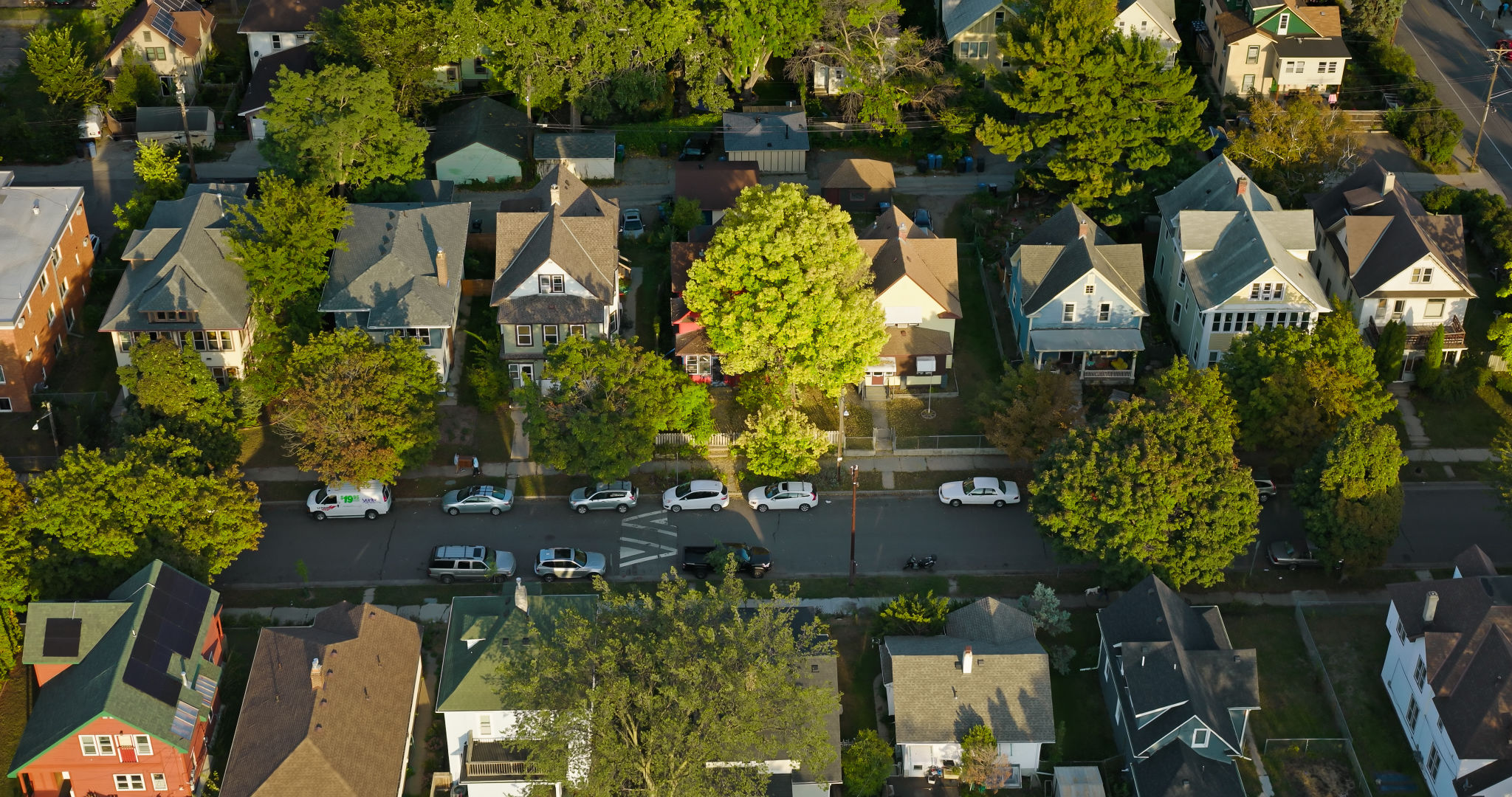How Drones are Transforming Cinematography Across Australia
JW
Revolutionizing Aerial Perspectives
In recent years, drones have dramatically transformed the landscape of cinematography, especially across diverse terrains such as those found in Australia. These flying cameras have opened up a world of possibilities, providing filmmakers with unique perspectives that were once difficult and costly to achieve.
With drones, directors can now capture sweeping aerial shots with ease, enhancing the storytelling process through stunning visuals. This evolution has not only elevated the quality of films but also democratized access to high-quality cinematography tools.

Cost-Effective Filmmaking
One of the most significant advantages of using drones in cinematography is cost-effectiveness. Traditional aerial filming required helicopters or cranes, which were expensive and logistically challenging. Drones, on the other hand, offer a much more affordable alternative.
This affordability allows independent filmmakers and smaller production companies to compete with major studios, leveling the playing field. As a result, we see a surge in creative projects that might not have been possible without this technology.
Exploring Remote Locations
Australia's vast and varied landscapes provide the perfect backdrop for drone cinematography. From the rugged Outback to the lush rainforests and stunning coastlines, drones can easily navigate and capture footage in remote locations that are otherwise difficult to access.
This capability not only enriches the visual storytelling of films but also showcases Australia's natural beauty to audiences worldwide, boosting tourism and appreciation for the country's unique environments.

Innovative Storytelling Techniques
Drones have also inspired filmmakers to experiment with new storytelling techniques. The ability to capture dynamic shots from multiple angles and heights allows for more creative expression. Filmmakers can now integrate complex sequences that blend traditional and aerial shots seamlessly.
For instance, drones can follow characters through intricate paths or rise above scenes to reveal breathtaking vistas, adding layers of depth and engagement to the narrative.
Challenges and Considerations
Despite their advantages, using drones in cinematography comes with its own set of challenges. Operators must be skilled in maneuvering these devices while adhering to aviation regulations, which can vary across different regions in Australia.
Moreover, weather conditions such as strong winds can impact the stability and safety of drone flights. Filmmakers must plan meticulously to ensure successful shoots while being prepared for unforeseen circumstances.

The Future of Cinematography
As drone technology continues to evolve, its impact on cinematography will undoubtedly grow. Advanced features like longer flight times, improved camera quality, and enhanced AI capabilities will further expand creative possibilities.
This evolution promises a future where storytelling becomes even more immersive and visually compelling, with drones playing a pivotal role in shaping the cinematic experience.
